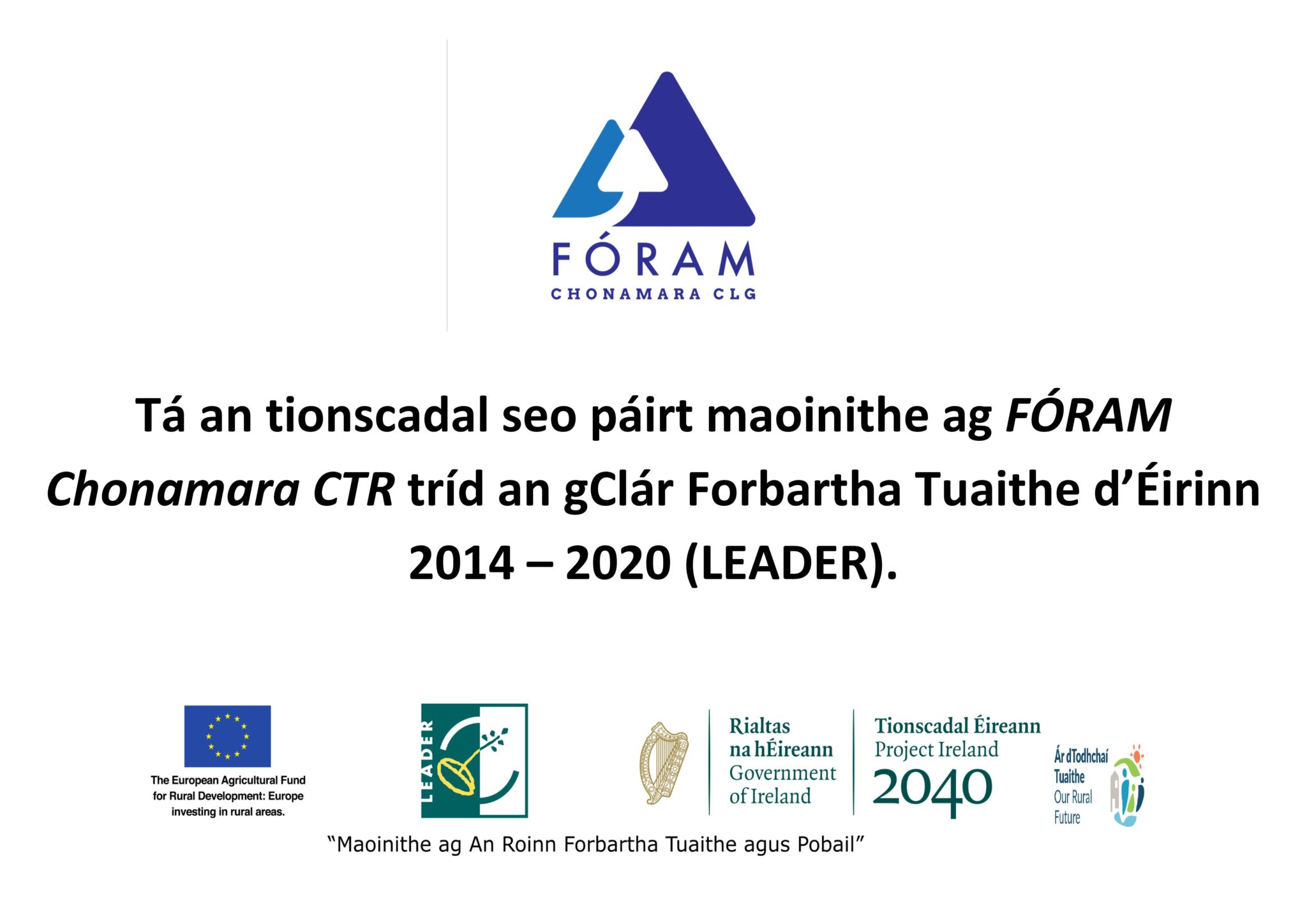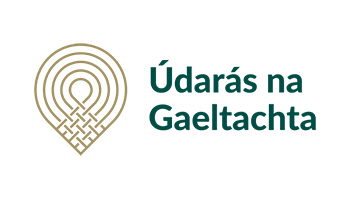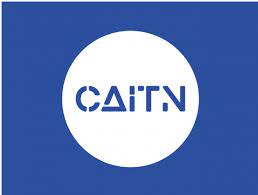
2020 has been a whirlwind year Connemara. Our much-loved tourism industry is getting back on its feet once again and we have lots to celebrate – including the 40th year anniversary of Connemara National Park!
The beautiful Connemara National Park was established and opened to the public in 1980, and has grown from strength-to-strength each year.
To mark the occasion, we have comprised a list of the most interesting facts about the park!
Les Lacs du Connemara
Do you know why there are so many French visitors to Connemara? It just so happens the beautiful Connemara National Park is the star of a French hit song Les Lacs du Connemara (“The Lakes of Connemara”)! The song sings of the “land of stones encircling the lakes” which entices many of our French comrades to visit.
Written by Michel Sardou in 1981, the song became an instant hit and can be heard in the wee hours of a party in both France and Connemara!
Flora & Fauna of the Connemara National Park
Did you know there are nearly 600 different species of flora & fauna residing in the Connemara National Park?
In May 2010, the park won a ‘Biodiversity Blitz’ – a competition where six wildlife sites across the country took part in a bid to categorise as many species as possible within a day!
Some 55 bird species, two amphibian species, mountain hare, red deer, feral goat, four species of bat, seven butterfly species, 51 species of macro-moth and hundreds of plant species were but just a few of the recorded species!
Connemara National Park’s Famine Roads
The Killary Fjord Famine Relief Road was built in 1846 by the starving population during the Great Famine. Wealthy landlords made the local people work for their bread, and were sent to build these long winding roads, many of which never saw completion, due to workers perishing from hunger and exhaustion.
First Trans-Atlantic Wireless Service
The blanket bog of Derrygimlagh was the location of the very first trans-Atlantic wireless service! It ran between Clifden, Galway, and Glace Bay, Nova Scotia, established by Guglielmo Marconi on October 17, 1907.
Twleve years later Alcock & Brown crash-landed safely in Derrygimlagh Bog in 1919, becoming the first-ever pilots to ever fly non-stop across the Atlantic.
Connemara National Park and its Ponies
You can’t visit the Connemara National Park without seeing a Connemara pony! Folklore says hat galleons from the Spanish Armada destined for an invasion, ran aground in 1588, and the Andalusians on board were set loose into the rugged landscapes of Ireland. The Spanish horses bred with the native stock, who eventually would become the national breed, the Connemara pony!
A herd of pure-bred Connemara ponies was presented to the State by the late President Childers and the current herd in the park are direct descendants of those presented by the President.
Connemara National Park’s Humanity Dick
Much of the present Park lands formed part of the Kylemore Abbey Estate and the Letterfrack Industrial School, the remainder having been owned by private individuals. The southern part of the Park was at one time owned by Richard (Humanity Dick) Martin who helped to form the Society for the Prevention of Cruelty to Animals during the early 19th century. The Park lands are now wholly owned by the State and managed solely for National Park purpose.
Killary Fjord in the Connemara National Park
Killary Harbour is Ireland’s only true fjord and extends 16km in from the Atlantic to its head at Aasleagh, below Aasleagh falls. It forms the border between Galway and Mayo and boasts some of the most spectacular scenery in the west of Ireland
The Fjord was formed by a mile-deep body of ice more than 20,000 years ago! It is home to a plethora of marine life including dolphins, otters, mussels, salmon and much more.
Connemara National Park’s Ancient History
Many remains of ancient human presence can be seen in the Park. Connemara National Park is filled with Neolithic and Bronze Age sites. The oldest are the megalithic court tombs, which are some 4,000 years old!
There is also an early 19th century graveyard about which little is known. Also of that period is Tobar Mweelin, a well which was tapped to supply water to Kylemore Castle around 1870 and is still in use today.Ruined houses, a disused lime kiln, old sheep pens, an ice house, drainage systems and old walls in various parts of the Park, are all evidence of a greater population and more extensive use of these lands in the past.
Geology of Connemara National Park
The last Ice Age, which ended about 10,000 years ago, shaped the Connemara National Park which we see today.
The rocks underlying the Connemara National Park are metamorphic rocks, which derived from sediments deposited in a warm shelf sea between 700 and 550 million years ago!
Upheavals in the earth’s crust formed the sediments into crystalline schists, and erosion has since brought the rocks to the surface, giving the Connemara landscape visible today. The mountain tops are mostly of more resistant quartzite, while the flanks consist of less resistant schists and grey marbles.
Carnivorous plants
Ireland isn’t known for its dangerous species, and neither is Connemara National Park! The most vicious habitants are the carnivorous plants! These plants lure, trap, and consume insects for survival as they grow in areas where the soil does not provide enough nutrients. The two most common carnivorous plants in the park are Butterworts Trap and Sundew.
For more information on things to see and do in the Connemara National Park, visit our website for everything you’ll need to plan an epic trip!











